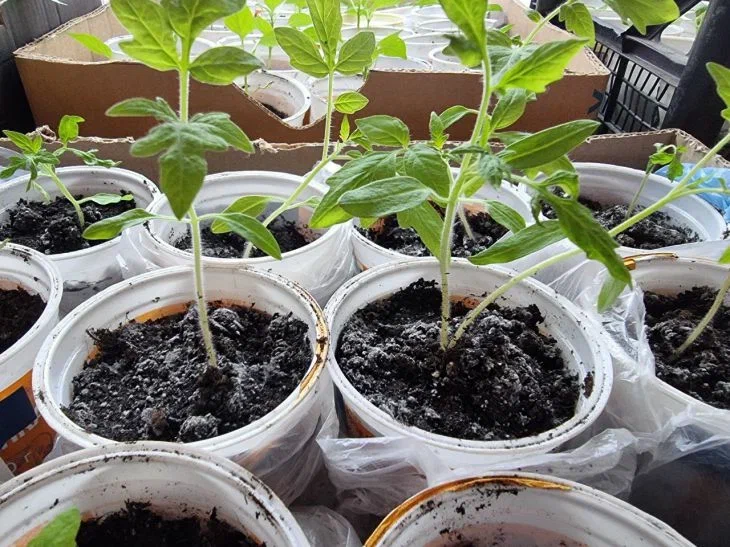When growing seedlings, summer residents are often bothered by a white coating on the ground. Questions arise - where does it come from and does it pose a danger to plants. Let's figure it out.
According to the expert of the online publication BelNovosti, scientist-agronomist, landscape designer Anastasia Kovrizhnykh , there are 4 main reasons for the formation of white plaque on the ground.
Excess of fertilizers
This situation usually occurs when you use ready-made soil. Manufacturers add some mineral and organic fertilizers to the soil, but the exact amount of additives remains "behind the scenes". In addition, some gardeners want to additionally feed the seedlings.
Advice: do not add fertilizers, seedlings do not need much nutrition, and the deficiency can always be replenished without consequences.
Soil composition for seedlings
Rarely, but it happens that the soil is too heavy or contains a lot of sand. The water rises and evaporates, leaving white salts on the surface.

Advice: carefully monitor the quality of the soil used to grow seedlings.
Hard water
White coating is sometimes a result of using hard water to water seedlings.
Tip: After sowing the seeds, start stocking up on water. Let it settle, warm up, or add a few apples to a container of water. It would be ideal to collect clean snow and use the resulting melt water to water your seedlings.
Dry air
Low indoor humidity levels can also cause white deposits to appear on the soil surface.
Tip: a humidifier can help solve the problem.
Previously we talked about how to grow indoor daffodils .









